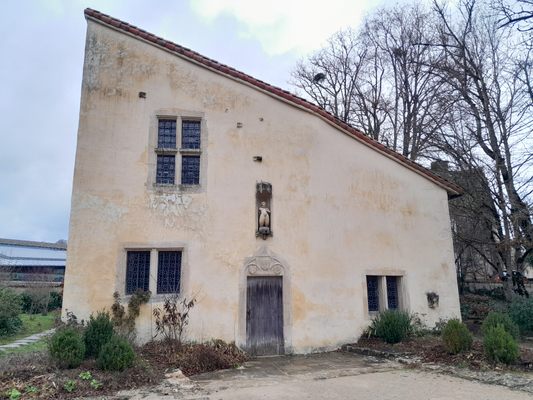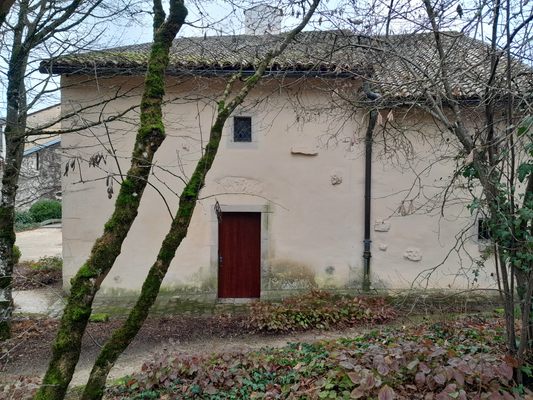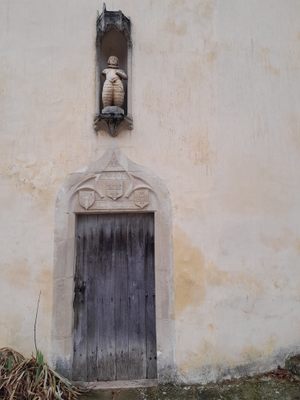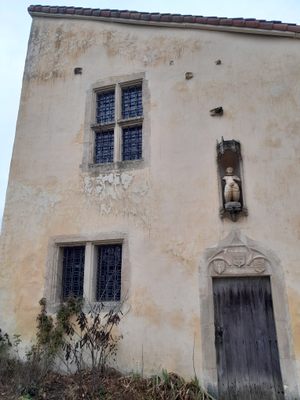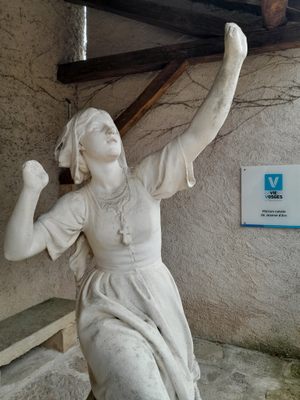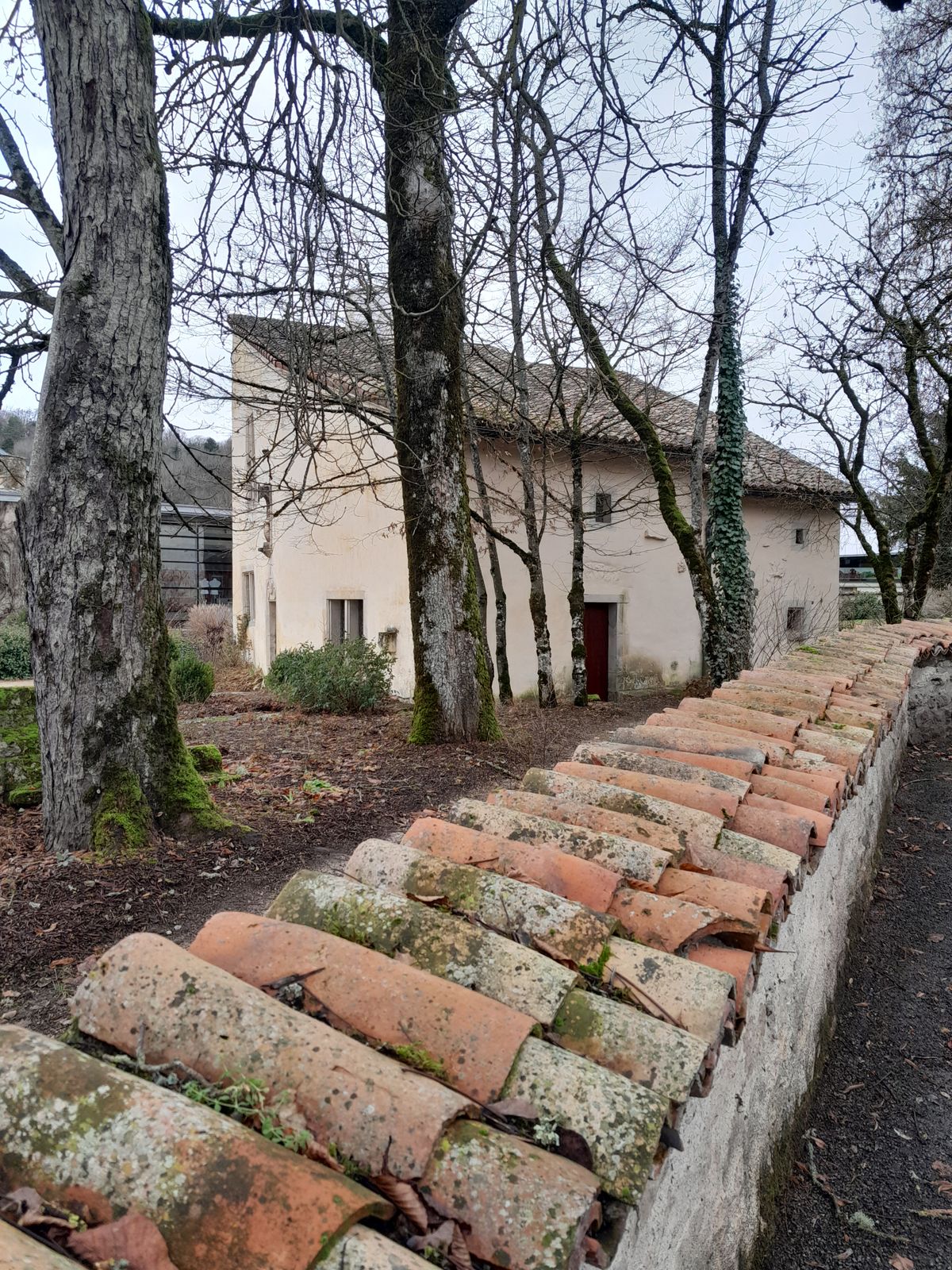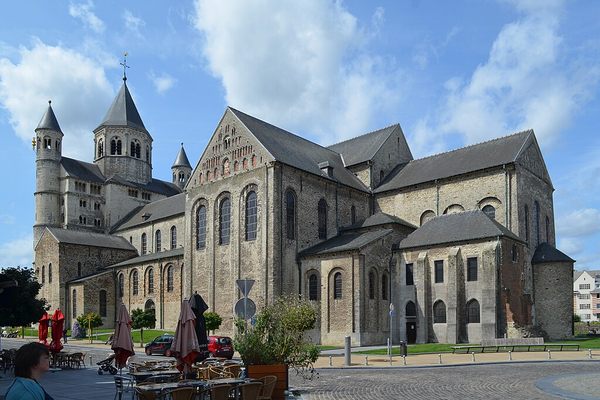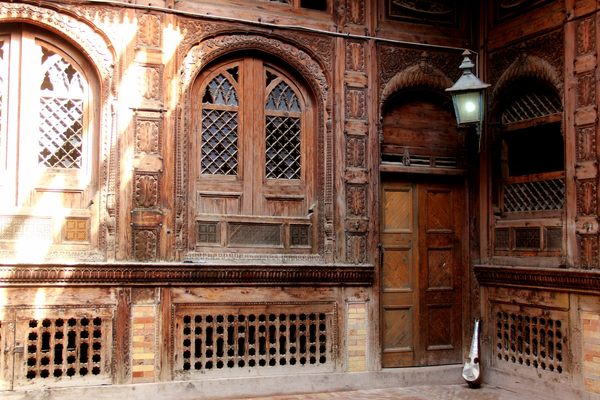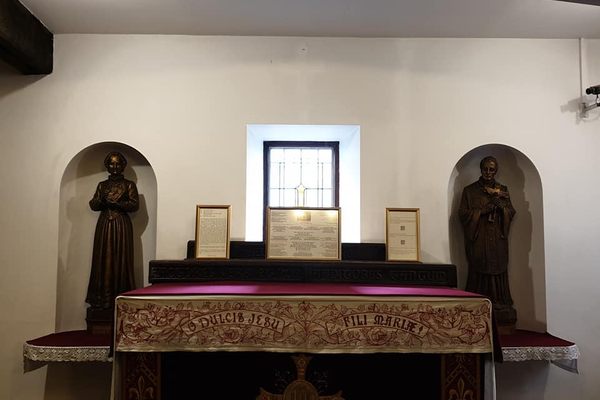About
Joan of Arc, or Jeanne d'Arc in French, was born circa 1412 in the small village of Domrémy, known today as Domrémy-la-Pucelle in honor of Joan's nickname la Pucelle d'Orléans (the Maid of Orléans). The village lies at the base of a wooded hill, with the Meuse River flowing quietly nearby, part of the Grand Est region of northeastern France. Her childhood home still stands in excellent condition in the center of town.
The daughter of Jacques d'Arc, a farmer, and Isabelle Romée, Joan was the youngest of five children. At the time, France was embroiled in the Hundred Years' War with England and Domrémy was under constant threat of invasion from English forces. It was said at the time one could wake up in a French village and become English by evening. Joan grew up in the Domrémy countryside where, as the legend goes, she heard heavenly voices. These heavenly encounters culminated with a vision of three saints: Saint Catherine of Alexandria, Saint Michael the Archangel, and Saint Margaret. These experiences in Domremy led her to the embattled Charles VII and her quest to "hound the English out of France."
Her home today, with its unique sloping roof, is part of a larger museum dedicated to telling the story of Joan's life, Le Centre Johannique. Visitors can step inside Joan's house, largely unchanged from her time. The facade features two interesting amendments, the first being the very noticeable figure of Joan above the door. This statue dates to the transition between the 16th and 17th centuries and is a copy of the oldest surviving statue of Joan of Arc. In other words, the closest thing we have to a real image of the saint. It was based on a statue erected in the town of Orléans, which Joan famously saved to cement her reputation as the savior of France.
Joan's great grand-nephew Claude Du Lys added the outline around the front door of the carved tympanum in 1481; the date is visible in Roman numerals. Three shields bear a coat of arms in a characteristic Gothic design that was widespread in Lorraine until the 16th century. The middle shield features the arms of the Kingdom of France, three fleurs-de-lis. The left shield features three plowshares, as Claude was a farmer and probably honors the area's agricultural heritage. The shield on the right shows the arms of Joan of Arc: a sword supporting the crown of France and two fleurs-de-lis. There are also two mottos in Latin; "Vive labeur," a slogan honoring those who till the soil and, "Vive le roi Louis," a reference to Louis XI, the son of Charles VII and King of France in Claude's time.
Related Tags
Know Before You Go
The site is open to the public from February 1 to December 15. See the website for more information.
The house is protected by a fence. However, if you circle around the house, you can gain free access to the front yard even if the museum is closed. Be sure to visit the Eglise Saint Remy church next door, which contains the basin where Joan was baptized as well as a bust claiming to contain dirt from the stake where she was burned. The Basilique Sainte-Jeanne-d'Arc just up the road, built in the 1800s, is also not to be missed, featuring stunning murals of Joan's life.
Published
January 24, 2023
